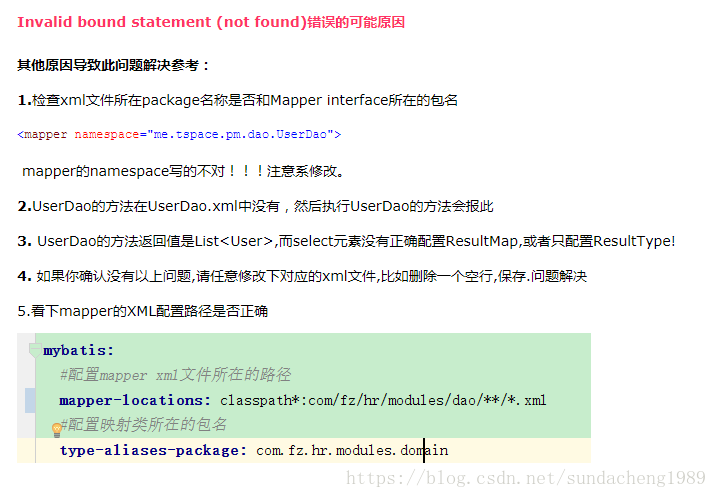并发编程:Java线程安全和同步方法实例
Java中的并发编程主要涉及到线程安全和同步机制。以下是一些实例来解释这些概念:
线程安全:
// 不安全的例子,多个线程同时读写count可能导致数据不一致public class Counter {private int count = 0;public synchronized void increment() {count++;}public synchronized int decrement() {if (count > 0) {count--;return count;} else {throw new RuntimeException("Can't decrement from zero!");}}public synchronized int getCount() {return count;}}
同步方法:
// 使用synchronized关键字来确保同一时间只有一个线程能访问一个临界区(如方法)public class LockExample {private Object lock = new Object();public void criticalSection() {synchronized (lock) { // 获取锁System.out.println("criticalSection is executing...");try {// 执行临界区操作Thread.sleep(2000); // 模拟耗时操作} finally {lock.notifyAll(); // 通知所有等待锁的线程,让他们继续执行System.out.println("criticalSection has finished.");}}}public static void main(String[] args) {LockExample example = new LockExample();Thread thread1 = new Thread(() -> {example.criticalSection();}));Thread thread2 = new Thread(() -> {example.criticalSection();}));thread1.start(); // 启动线程1thread2.start(); // 同理启动线程2try {// 等待所有线程执行完毕thread1.join();thread2.join();} catch (InterruptedException e) {e.printStackTrace();}System.out.println("Main thread is finishing.");}}
以上代码中,
Counter类使用synchronized关键字确保同一时间只有一个线程能访问其方法。这样可以避免数据不一致的情况。



































还没有评论,来说两句吧...